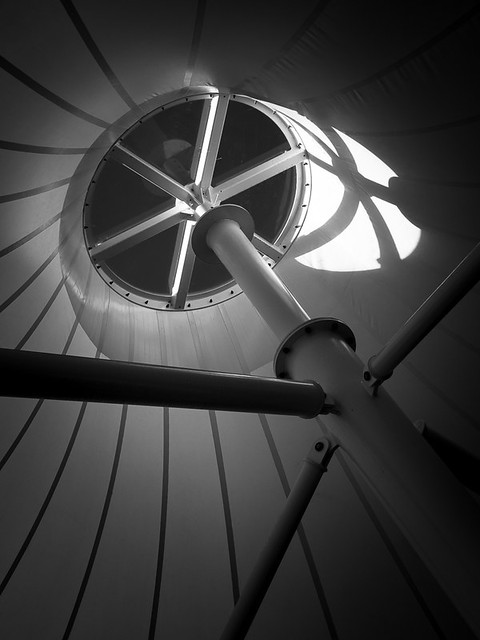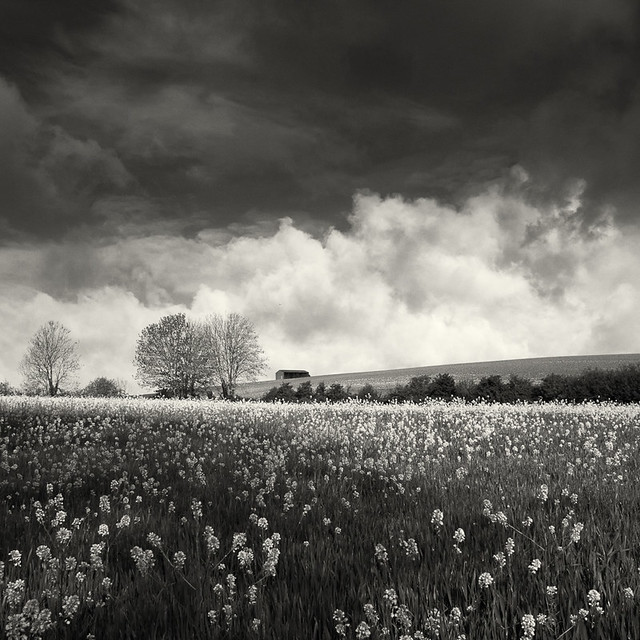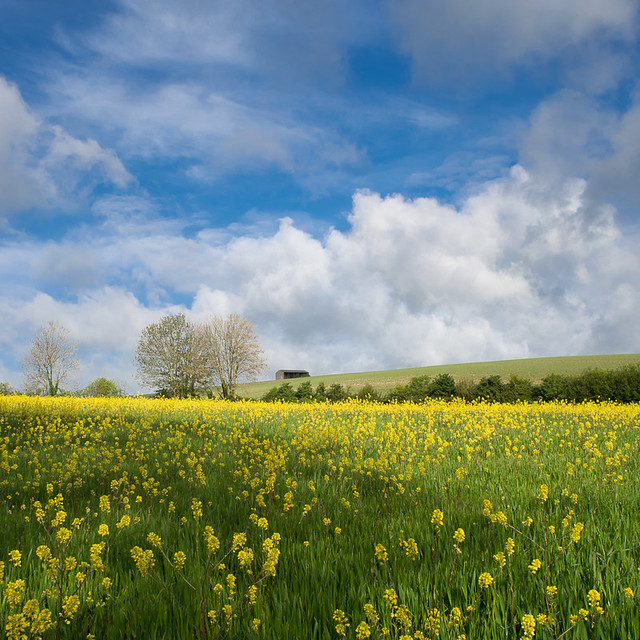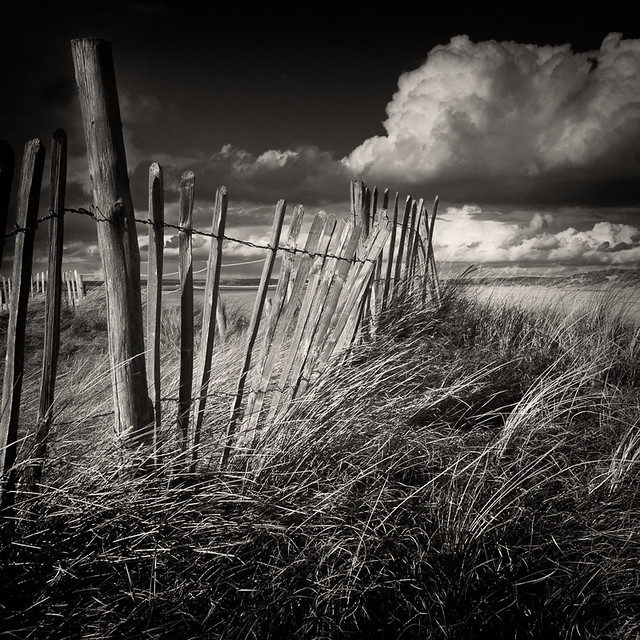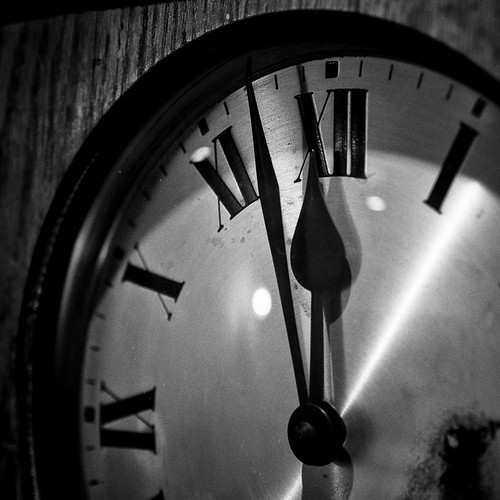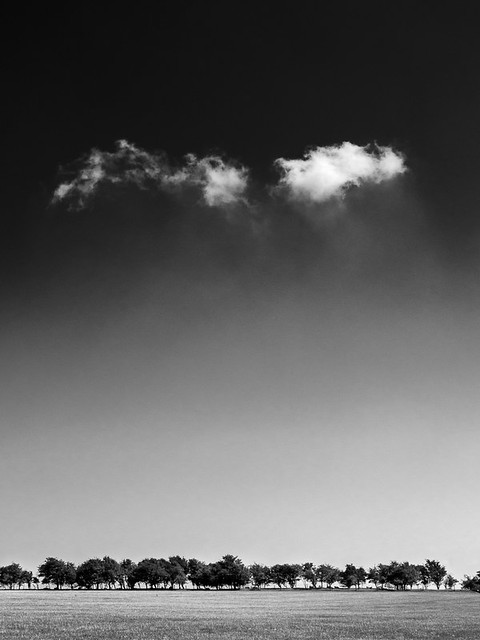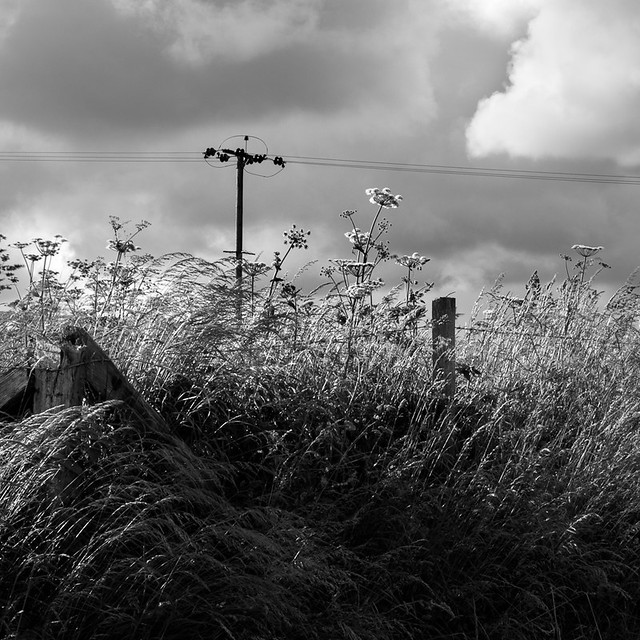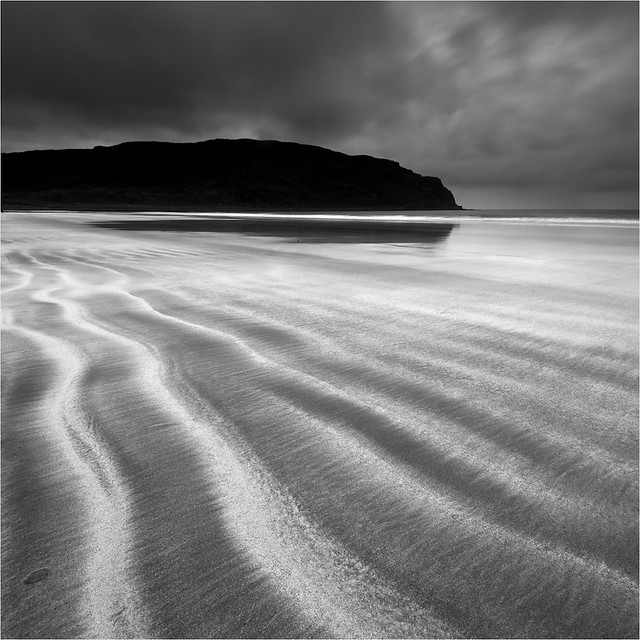It's the last day of 2013 and tomorrow it will be 2014.
Another year over….. a new one about to begin.
Inevitably it's at this time of year when we all reflect on what has happened in the past 12 months and start to look forward to what we might hope to do and achieve in the next 12 months. From a purely personal point of view 2013 will never be forgotten and I have already been mentioned the reasons why in an earlier entry called
'Three Crosses'.
On a happier note in September I realised a long held personal ambition and walked the South Downs Way with my nephew from Winchester to Eastbourne - a total of 100 miles. This was never intended to be a photographic expedition, but the camera came out on a regular basis so I was able to capture the beauty of this part of the world.
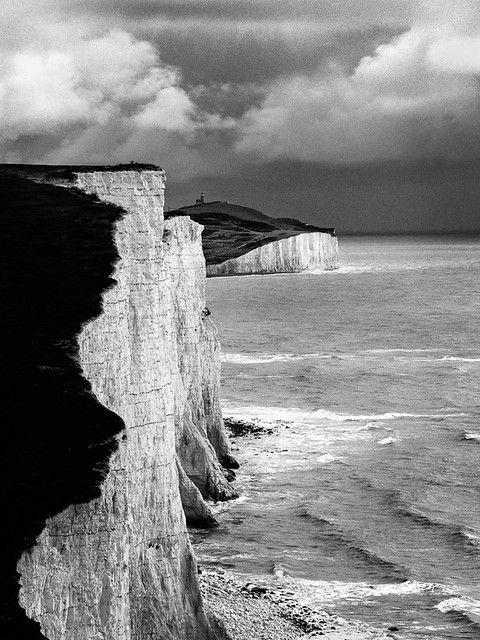 |
The Seven Sisters
The 'home' straight of The South Downs Way
|
I do not think that I have spent as much time developing my photography this year as perhaps I would have wished but I do believe my work has continued to improve. I certainly learnt some new techniques and skills when I spent a few days in the Lake District in the company of
Paul Gallagher and many of the images made during this time have given me a great deal of pleasure.
 |
| Wastwater in The Lake District |
If my
Flickr stats are anything to go by I have certainly continued to take a good number of images and in the process I have endeavoured to take a more creative approach, a trend which I am sure will continue into 2014. Almost without exception all of my photographs this past year have been in monochrome. I expect this will also be the case next year, but who knows, colour may start to feature.
And so to 2014. In the last few weeks I have been giving some time and thought to what I would like to do phtographically in the next 365 days, so here goes!
1. More photographs and less 'GAS'! (Gear Addiction Syndrome - to the uninitiated)
I have to admit that I spend a lot of time reading reviews about the latest camera equipment, particularly cameras, their makers lenses and the pros and cons of one system over another. It's all very interesting and I have found that the internet is full of very opinionated people which makes for good reading. On the downside 'GAS' can be very expensive and as I have often said in the past, it is the photographer who makes the image, not the equipment.
A famous quote by Ansel Adams reads -
"The most important component of the camera is twelve inches behind it." Enough said!
I am fortunate to have some excellent equipment so I shall be using what I have and try not to fantasise about what I don't have. It wastes time which could be better spent taking more photographs, improving my processing techniques or studying the work of more talented photographers. This research into other cameras and lenses has though helped me decide on my system of choice for the future which brings me on nicely to my second point.
2. It's time to ditch the Nikon gear
In the past year I have been using two camera systems but during this time I have found that only one system really works for me and the other frankly does not.
When I first became serious about photography I started using a Nikon APSC DSLR and various lenses, but since buying the Olympus OMD EM5 some 18 months ago, together with some truly excellent lenses for the Micro 4/3rds system, the Nikon gear has been gathering dust. So after much deliberation it's time to say good bye to Nikon. All of the equipment has been packed away in their original boxes ready for sale. In its place I will be investing in the new Olympus OMD EM1, the first truly professional specified camera for Micro 4/3rds. I will probably also add a couple of prime lenses to my collection and keep the EM5 as a spare body. Luckily these two cameras share the same battery which is an advantage.
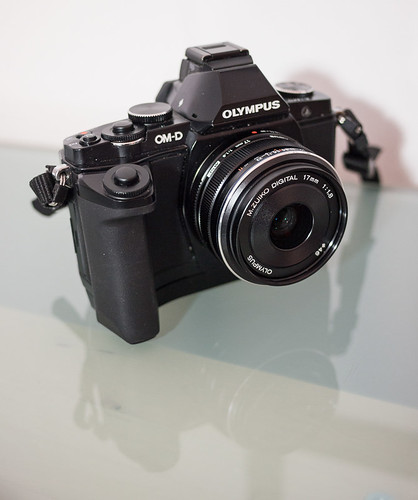 |
The Olympus OMD EM5, and Olympus 17mm f1.8
My system of choice for 2014 |
3. Work on a project
Since achieving my LRPS Distinction in December 2012 I have been saying to myself that I must start to concentrate on a specific genre of photography and quite probably a specific subject or theme. It did not happen in 2013 but I plan to change that in 2014. I believe this approach will both hone and enhance my skills and in time provide me with a portfolio which I might want to consider as an appropriate panel of work for an ARPS submission. This plan also leads me to my next point.
4. To publish a book
This sounds rather grand but in truth you can 'self publish' a photo book pretty easily these days using one of many online publishing companies. I have already considered two possible suppliers -
Blurb and
Bob Books. I have downloaded their software which is required to design the book. I shall compare these and others before making a final decision as to which to use, taking into consideration, possible book sizes, paper, quality of reproduction, the software itself and of course the cost. I may even decide on a couple to 'test runs' with both companies of the same series of images to see which I prefer.
5. And talking of publications
There are many photographic magazines and to date I have never submitted any work for publication, so this has to be on my wish list for 2014. If it were to happen then yes of course the publicity would be great but my incentive is a very simple one - an acknowledgement that my work is considered good enough to appear in a magazine. Now that would be fun!
6. Visit more locations specifically to take photographs
I do find that being an enthusiastic amateur photographer requires both time and concentration. This can best be achieved when I am on my own as this gives me the chance to really think about what I am doing. Photography is also about expressing your feelings through a finished image. To accomplish this aim I believe you have to be able to recognise how you feel at the time of taking the shot - again, I can't see how this can happen if you are not alone. This sounds very selfish but I am sure other photographers, artists or authors would all say the same thing. All of which makes me think that to improve my photography not only do I need to devote more time but I also need to be in a place on my own without any distractions - just me, my camera and the subject in front of me. Where and when shall I go? Well that I don't know but I am looking forward to coming up with some answers.
7. Take inspiration from other artists
This is not really an objective, but a recognition that there is so much to learn from other artists not just other photographers. Going to exhibitions or galleries, reading books or watching television programmes about other artists are all good sources of inspiration.
At Christmas I was fortunate to have been given three books which I know will inspire me in the future. I was given two 'self published' books by the Welsh photographer
Chris Tancock, one called Beating the Bounds, the other named Wildwood. He calls himself a 'rural documentary photographer' not a landscape photographer. If you look at his images on his
website I think you will understand why.
Another person who's work I greatly admire is
Norman Ackroyd CBE RA. As a landscape artist and printmaker he captures the meeting of the land and the sea in atmospheric aquatint. His book 'A Line Above the Water' is a wonderful collection of his work coupled with evocative poems by Douglas Dunn.
I can now draw this post to a close. My summary of the year was short but complete and my ambitions for 2014 have been listed. In twelve months time I will know whether or not the wish list was too long, I doubt it is too short!
And finally my favourite image from 2013 is -
 |
'Solace'
Buttermere in The Lake District |
May I wish everyone who reads my blog a very happy, peaceful and healthy New Year.



